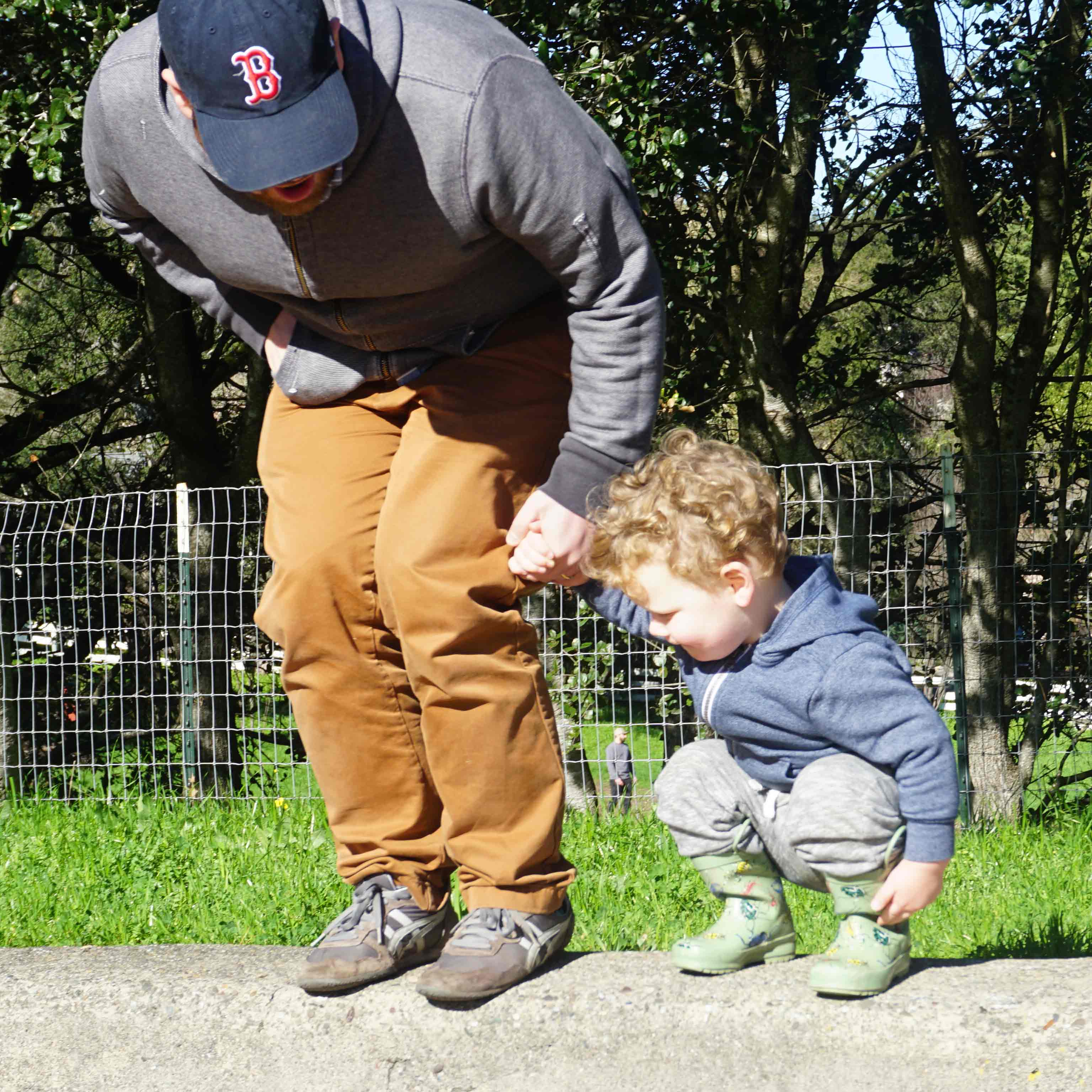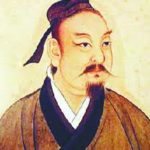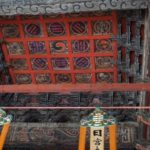Learning Tai Chi and Qigong and learning to squat go hand in hand. Cycles of sinking into a squat and releasing out of it develop strength and also pump up your energy. Many people find this a pain at first. Often literally when a sharp pang goes through the knees! And often figuratively a pain as in distraction from the teacher just going through the basic choreography of the movements.
A recent article in the Atlantic caught my eye. Sarah Zhang asked, “Why Can’t Everyone Do the ‘Asian Squat’?” She starts with the nitty, gritty issue of persistant squat toilets in China and elsewhere. To do it right, you need to keep your whole foot on the ground, not just your toes. And that’s the part Wes terners find difficult. And yet if you watch babies and young children here in the West, they can bend and release from a deep squats almost endlessly. And they may check out what’s on the ground while in full squat, while their parents might need to sit, bend over, kneel or otherwise get down there without suqatting. In the West, we lose this skill as we grow up. In the East, it persists. You may find this ability useful, whether on a hiking trail or just somewhere you need to be without a chair for a long time.
terners find difficult. And yet if you watch babies and young children here in the West, they can bend and release from a deep squats almost endlessly. And they may check out what’s on the ground while in full squat, while their parents might need to sit, bend over, kneel or otherwise get down there without suqatting. In the West, we lose this skill as we grow up. In the East, it persists. You may find this ability useful, whether on a hiking trail or just somewhere you need to be without a chair for a long time.
Zhang describes the “Asian squat” this way:
I do not mean those goofy chairless sits you see at the gym. No, toned glutes will not save you here. I mean the deep squat, where you plop your butt down as far as it can go while staying aloft and balanced on the heels.
Learning Tai Chi and Qigong gives you a good way to regain the naturalness of squatting you had as a child. We have interest in a particular kind of squat called a kwa squat (sometimes, kua squat). Key features include:
- You protect your needs by starting in a position where the knees are not completely straight, with a slight bend, still allowing you to see the tips of your toes. And as you squat, you don’t bend them any further. That protects your knees.
- The squatting brings your shoulders more of less straight down, not angling forward or back. The shoulders start lined up with the back of the knees, and as you sink down, they keep that position.
- You let your backside sink down and back, like the feeling of looking for a bar stool (ok, a kitchen stool also).
- As Zhang emphasizes, the key to staying fully on your feet, and not lifting the heels, comes from a lot of flexibilty in the ankles. We lose that if we don’t practice it.
- The “kwa” part refers to the fold in the front of the body, like a bikini cut, the part that folds in when you sit. You sink into the kwa and then release out of it.
- And this means you think less about dropping down and popping back up and more about absorbing into the kwa, down and back, and then releasing forward and not just up as you come out. You energize the qua and it gives you strength and power.
Maybe that gives you an idea of what to look for as you watch someone doing Qigong, or maybe it hints as why so much goes into it in a class setting. I loved Sarah Zhang’s article and the accompanying photos, which bring home what we miss when we don’t practice it.




